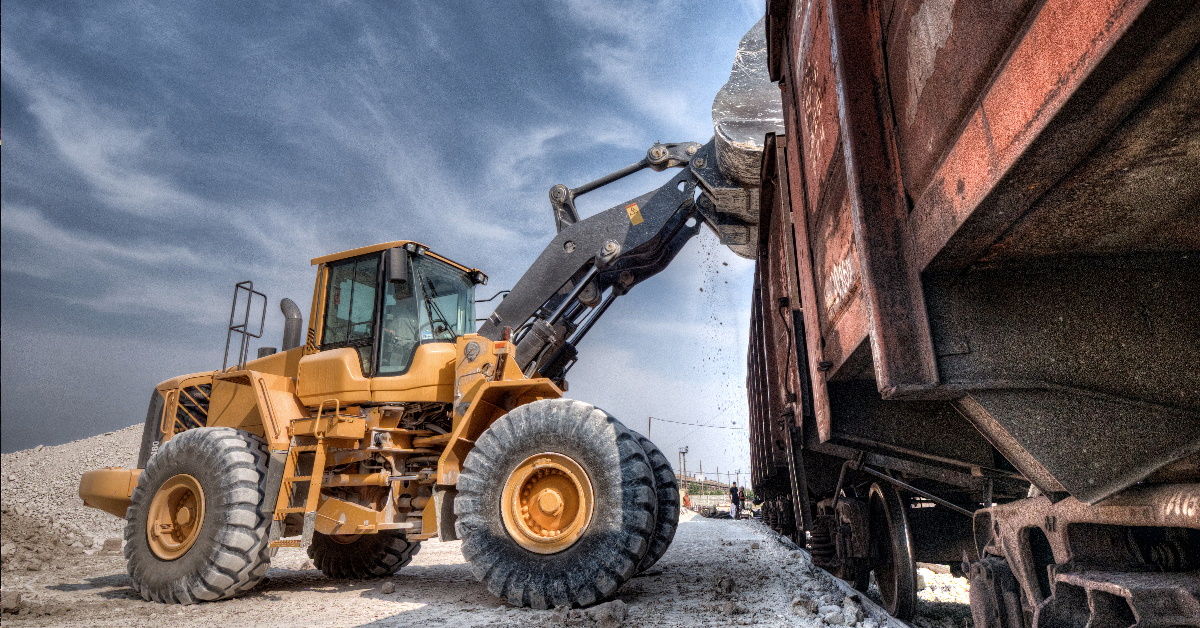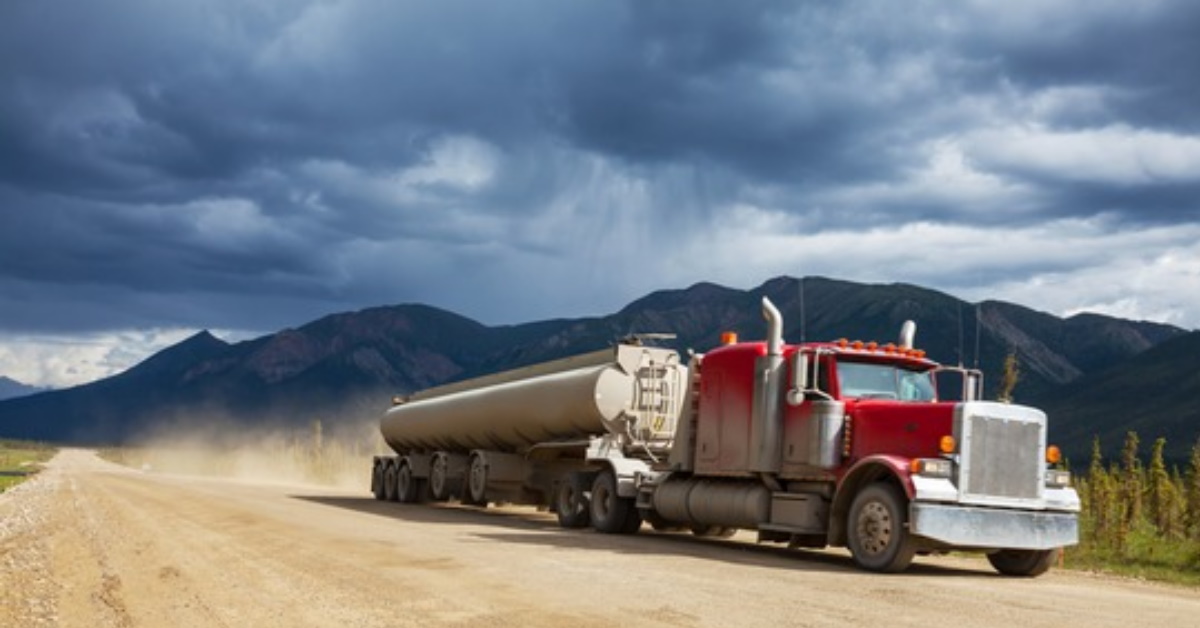How to Create Win/Win Client and Safety Consultant Relationships – What a Client Should Know Part 2: Document Your Safety Consultant Expectations

How to Create Win/Win Client and Safety Consultant Relationships – What a Client Should Know Part 1: Assess Your Safety Consultant Beliefs and Attitudes
October 18, 2021
HSE and Safety Program, Management System, and Manual Differences
December 28, 2021Introduction
NOTE: This is part two in a four-part series discussing what clients should know about their relationships with health and safety consultants. This particular blog will discuss the importance of clients documenting their expectations with their safety consultant. And of course, consultants have their own set of documentation responsibilities which can be accessed here.
Part 1: Beliefs and Attitudes
Suppose your company uses health and safety consultants. In that case, a strong client and consultant relationship is crucial in maximizing the use of consultants as part of a broader strategy to help you manage the risk associated with your company's operations. As a client, you must understand your role in this relationship.
NOTE: The principles in this blog support any client-consultant relationship, not just HSE.
While some of the points highlighted in this blog series might seem straightforward, I am continually surprised when they are ignored. Clients may be unknowingly compromising their ability to fulfill their obligation as an employee to provide the best service to their organization. In the case of this blog, do you have a process to clearly document your project expectations to your health and safety consultants?
Background
Like many of you, I have worked for consulting firms and industry (clients) in various health, safety, and environment (HSE) roles. I started my HSE career working for a smaller environmental consulting firm. For the past eight years, I have been operating my consulting firm, Risk Defense Inc. I have worked with clients from education, logistics, IT, transportation, staffing, environmental engineering, occupational health, construction, and oil and gas. While working in industry, before starting up Risk Defense Inc., I also got an opportunity to do some consulting for a power generation and distribution company in the Caribbean.
I have also worked as an employee/client in the oil and gas (service and producer companies), agriculture, outdoor adventure, and construction industries and have led various teams of health and safety professionals. I share this because I have had some valuable insights that I can share from both sides of the coin when working with clients and consultants.
Click For More Info on Contractor Management Click For More Info on HSE Audits
Is Documenting Expectations A Priority?
Here is the scenario. You are swamped with competing demands. Whether you are hiring a health and safety consultant to temporarily plug the leaks or for a specialized service like an external auditor, this can be viewed as one more thing to manage. After all, you need help (which is why you are hiring an external party), not additional responsibility. Even if this is the case, a best practice is documenting your expectations with your safety consultant to ensure expectations are clear and documented. You might face some short-term discomfort, but this will help you avoid project missteps, resulting in long-term pain.
Ask yourself, do you consistently provide your health and safety consultants with a process to communicate and document the project's intent and desired milestones and outcomes? If you do not, ask yourself why? It is time to consider if capturing these expectations is worth the energy and effort. If you do not think it is, then understand that you are assuming a certain level of risk. You do not have any proof that the expectations were communicated if they are not documented. We talk about risk tolerance in the field, but it also happens in the office, just in a different way. More importantly, this documentation may become a valuable tool in the event of a miscommunication or misunderstanding once the project has started.
Why You Should Consider Documenting Your Expectations
Request for Proposal
Have you provided your health and safety consultant with a document that clearly outlines your expectations for a short-term role or project? You could do so by using a Request for Proposal (RFP) document (for bigger and more complicated projects) or even a simple email (for smaller and simpler projects) where you request a proposal of how the consultant intends to deliver a service that satisfies your need as well as costs, deliverables, timelines, required resources, etc.
NOTE: If you need to create an RFP this article is a great resource.
An RFP does not have to be a 50-page document, but you need to provide the health and safety consultant with enough information about the project to submit a meaningful proposal. You can also communicate this information over a phone/zoom call, email, or even lunch. Still, you need the RFP and the proposal to fall back on if there are different understandings regarding project deliverables after the project has started. I cannot stress the importance of getting a formal proposal from the health and safety consultant.
Personal Story About Documenting Your Expectations
Early in my career, I was very diligent in ensuring I had documentation that clearly stated my expectations for projects and consultants. I did this in numerous ways, including RFPs, emails, meeting minutes, etc. I worked for some organizations with loose consultant management processes and then reached a point where I felt that the documentation was an unnecessary burden. In a way, I was relieved because it was one less thing that I had to do.
For many years, this worked for me, and I became more and more relaxed when it came to documenting my expectations. I guess you could say I became complacent (complacency does not just happen in the field; it also occurs in the office. And why would it not? We are all human and, at times, pick the path of least resistance which may not always deliver the desired results). Until one project, there was a misunderstanding between myself and the lead consultant. Because the communication was done on the phone, there were no records to support my position of what was agreed upon, which created some unnecessary conflict.
It should also be noted that if you supervise people, you are responsible for informing your staff on how to use the company's processes or expectations to document the organization's expectations effectively. I have held multiple leadership positions and understand this can seem like extra work (similar to an employee having to document expectations with consultants). Still, if you are too busy and do not take the time (or think people should just know how to do something without checking in), you did not set your employee up for success and so share in the responsibility of a project going sideways. This would be another example of where documentation that sets and clarifies expectations is valuable.
Conclusion
As a client, you must make a habit of documenting your expectations with your safety consultant. In other words, you must provide your consultant with clear, documented expectations for the project you are hiring them to complete. RFPs, emails, meeting minutes can all help you with this objective. Health and safety consultants are also responsible for ensuring clear documented expectations are provided by the client. They should submit a formal proposal to ensure everyone is on the same page and protect themselves (For more information, see my blog on "How to Create Win/Win Client and Safety Consultant Relationships - What Consultants Should Know Part 2: Clear Documented Communication". I have provided a "Consultant Documentation" link above for easy access).
In summary, the responsibility for documenting clear expectations falls on the client as they will help ultimately be responsible for the project's success or failure. Still, consultants can also help in this process by sharing their documentation, i.e., proposal, with the client.
For more information on how to maximize client/health and safety consultant relationships and how this can benefit your company (or to discuss other ideas on how to take HSE at your company to the next level), please get in touch with Risk Defense Inc. by filling out the contact form below.
Contact Us For Expert Health and Safety Guidance
Have questions? Need professional support? Contact us today!
Unlock the Power of Health and Safety Consulting Expertise
When you require a trusted HSE or health and safety consultant be sure to contact us first! We are the strategic partner you need. We’re here to meet you exactly where you are and drive you toward exceptional results. Whether you’re managing complex HSE management systems, mitigating critical risks, or confronting tough challenges, our deep expertise and extensive experience will elevate your business to new heights.
With over 18 years of leading industry experience, we’ve built a vast reservoir of knowledge in health and safety consulting. Our approach is powerful yet straightforward, custom-crafted to minimize your risks, and accelerate your business growth. From optimizing management systems and programs to safety audits and improving contractor management to embedding mindful safety practices, we provide transformative solutions that deliver real impact.
We understand that each organization has unique challenges and goals, and that’s why we don’t believe in one-size-fits-all solutions. Instead, we take a personalized approach, working closely with you to develop strategies that align with your specific needs and long-term vision. Whether you’re looking to enhance operational integrity, achieve regulatory compliance, or foster a culture of safety across your organization, we’re here to support you every step of the way.
We’ve partnered with businesses of all sizes, from small, family-run enterprises to global giants with thousands of employees. No matter the industry, we consistently deliver results, solving the very challenges you’re facing today.
Contact us now, and one of our expert team members will connect with you shortly.


